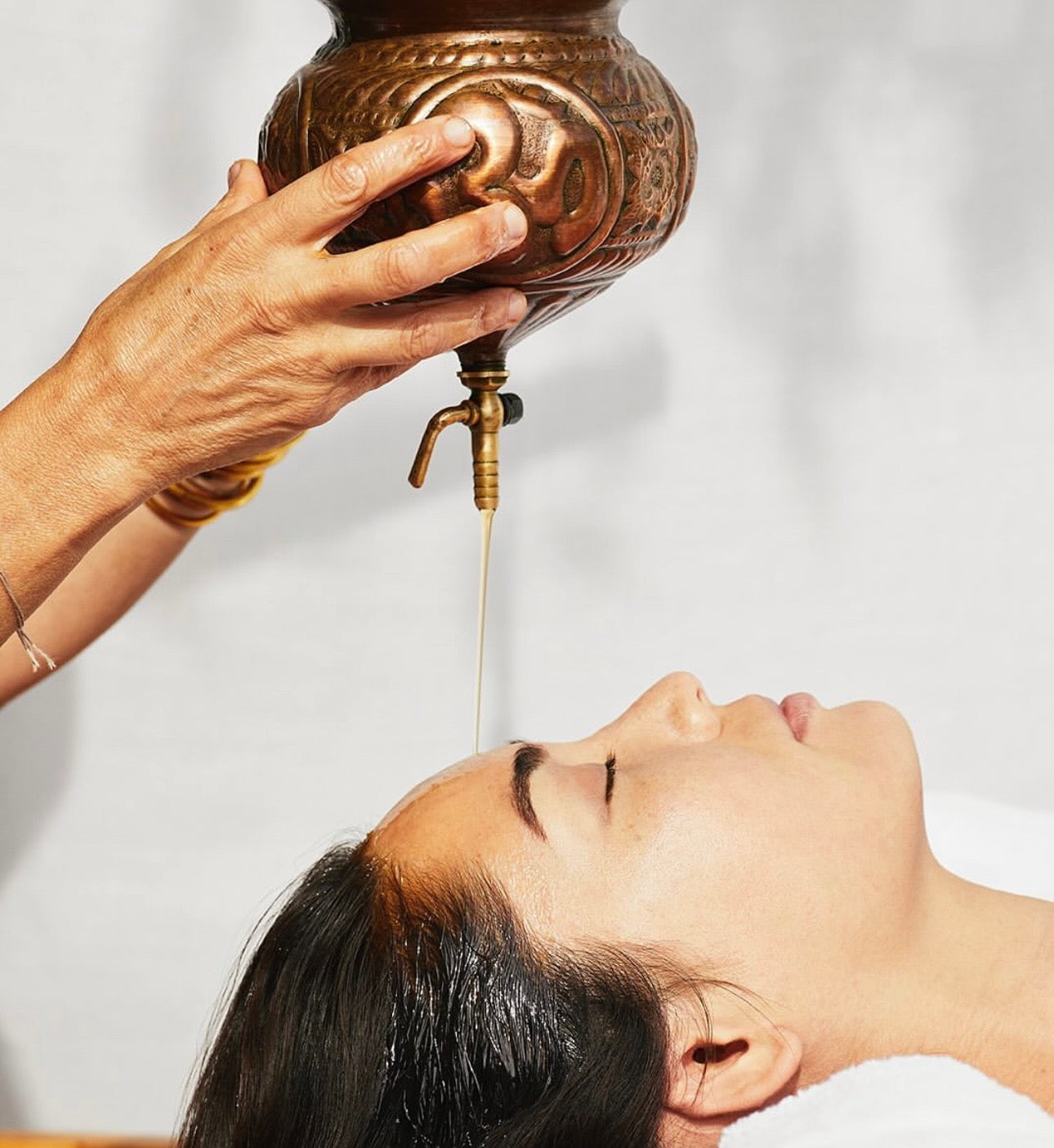Panchakarma for Midlife: The Ayurvedic Detox That Heals
Why this five-step ritual is more relevant than ever—especially during midlife transitions.

“Our bodies know how to heal. Panchakarma just gives them the space—and the support—to do it.”
—Martha Soffer
The first time Martha Soffer experienced the detoxifying force of Ayurveda, she had an immediate reaction: “This is amazing! Why doesn’t everyone do this?” That was over thirty years ago. Since then, she’s become one of the most trusted voices in modern Ayurveda and the founder of the acclaimed Surya Spa, where ancient ritual meets contemporary healing.
Her mission today remains much the same—except now, more women are listening, especially those in their forties, fifties, and beyond who are navigating midlife shifts with a deeper desire to reclaim balance, clarity, and connection.
“Ayurveda’s so ancient that it’s hard to imagine. It’s older than cities. Languages have been born and died while Ayurveda kept going,” Soffer tells Respin. “Languages, religions—all those things we think have always been there? Ayurveda was there first.”
At the heart of it all is panchakarma—a five-part therapeutic cleanse far beyond trend or quick fix. Designed to recalibrate the body, mind, and spirit, panchakarma is less about restriction and more about rhythm—less purging and more remembering.
“Panchakarma is the original detox,” says Soffer. “It’s not that our bodies don’t know how to heal themselves—we just sometimes need a little help.”
Why Midlife Is the Right Time to Reset
Midlife doesn’t ask for perfection. It asks for presence. For many women, it’s a chapter defined not only by physical changes—shifting hormones, disrupted sleep, digestive challenges—but also by a reordering of priorities and a quiet invitation to slow down. Ayurveda meets that moment with a kind of ancient generosity.
In Ayurveda, the principle is clear: We are born with a natural constitution—our doshic blueprint. When we live in alignment with it, we feel well. When we fall out of step, imbalance takes root, often long before it has a name.
“Panchakarma offers a structured, supportive space to reset, reflect, and restore,” Soffer says. “When we fall out of harmony with our doshic nature, we don’t just feel it physically—we feel it emotionally. And that’s where healing begins.”
The Five Foundations of Panchakarma
Panchakarma traditionally consists of five detoxifying therapies—Vamana, Virechana, Basti, Nasya, and Raktamokshana—designed to gently remove waste and restore flow through the body’s natural systems. These practices have been reimagined at Surya to feel intentional, elegant, and deeply restorative.
Among the signature therapies:
Pizichilli
A warm oil immersion treatment was once reserved for royalty. “We flow two streams of warm, herbalized oils over the body for hours,” Soffer says. “You’re not floating in oil—you’re being tended to.”
Shirodhara
A steady pour of warm oil across the forehead. “It’s the most subtle massage you can imagine,” Soffer explains. “But the effects are profound—people leave feeling like their mind has been reset.”
Abhyanga
A four-handed synchronized massage designed to release stagnation and unify the brain’s hemispheres.
Swedhana
Herbal steam in a custom wooden box opens the pores, softens the body, and encourages the natural elimination of toxins.
Chana Besan
A dough made from chickpea flour forms small reservoirs over the skin to deliver healing oils to specific areas, such as the eyes, heart, or joints.
What a Panchakarma Day Looks Like
Each day at Surya Spa begins with a multi-hour treatment, followed by warm, nourishing vegetarian meals and optional practices like sound baths, yoga, or Ayurvedic energy healing. “The idea is to slow things down and give your body a rest,” Soffer says. “Even three or five days can shift how you feel in your body—and the way you move through the world.”
Guests are supported with gentle pre-cleanse protocols, journaling prompts, and tools for post-treatment integration to carry the reset forward.
Panchakarma at Home: Small Practices, Big Shifts
If travel isn’t accessible, Soffer encourages integrating a few foundational Ayurvedic rituals into your daily rhythm. These include:
• Using a neti pot to clear the nasal passages
• Dry brushing before showering to support circulation and lymphatic flow
• Staying hydrated to assist the lymphatic system
• Making space for stillness—through meditation, breathwork, or quiet observation
These small, consistent practices can be deeply supportive during seasonal shifts or emotional transitions, like midlife.
The Midlife Reset You Didn’t Know You Needed
“When people come to me, they’re often carrying something—stress, loss, burnout,” says Soffer. “And as we work through the treatments, the body starts to let go, and so does the mind.”
Whether your experience lasts three days or three weeks, panchakarma creates space—physically, emotionally, and spiritually—for something new to take root. It offers an invitation to come back to center in a way that feels both ancient and essential.
“Bit by bit, you feel clearer, more grounded, more at peace,” Soffer says. “It’s like returning to a version of yourself you forgot was there.”
